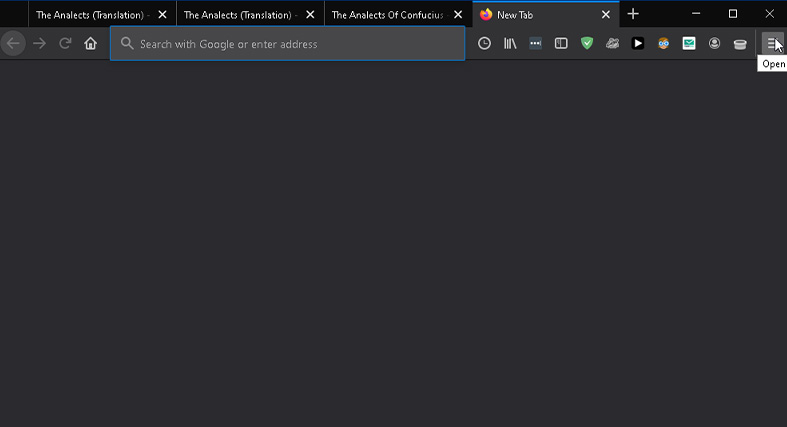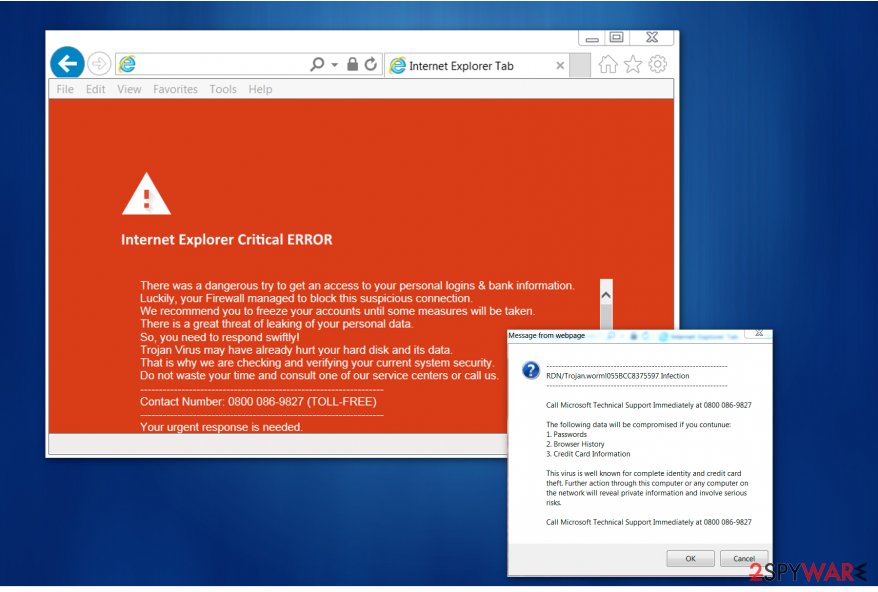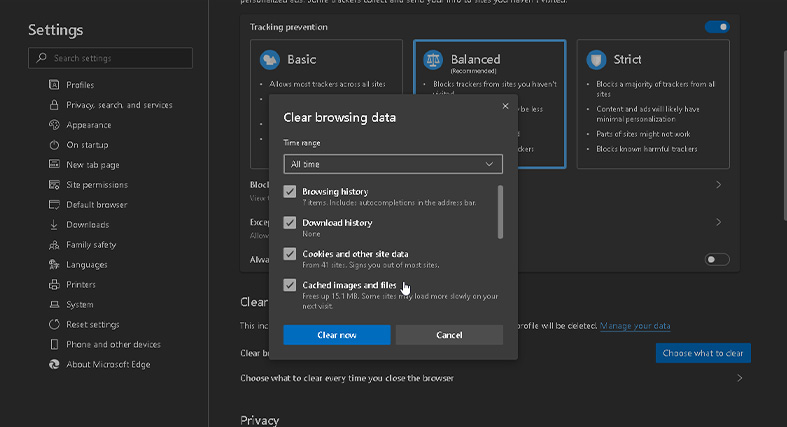

Thirty-eight of them are set to use the Vulcan, while several others will be with rockets from Arianespace and Jeff Bezos' Blue Origin. That's further away than the end of next year, but given that Amazon's constellation is set to be made up of 3,236 satellites, that's going to require quite a few launches in the next few years. Meanwhile, Amazon has to launch half of its satellites by 2026 to keep its FCC license. As The Washington Post points out, ULA has to launch Vulcan twice before Q4 2023 to prove that it's reliable enough to carry out missions for the US Space Force. It's not exactly a proven launch platform, either this will be the rocket's first flight.īoth companies have deadlines to meet. The rocket also isn't done yet - ULA said in a press release on Wednesday that it expects to have Vulcan fully assembled by November and tested by December - for now, though, it still has to install the engines.


For one, Amazon needs to actually finish building the satellites, which its press release says will be completed later this year. The Verge reports: The company says the launch will let it perform tests on its satellite network technology with data from space and that the data will "help finalize design, deployment, and operational plans for our commercial satellite system." The timeframe marks a slight delay from Amazon's original plan last year, the company announced it would launch the prototypes in Q4 of 2022, using a completely different rocket from a company called ABL Space Systems.Įarly 2023 isn't too far away, but there are still a lot of things that have to go right for the launch to happen on schedule. They will be riding into orbit on a Vulcan Centaur rocket from the United Launch Alliance (ULA). In a press release on Wednesday, Amazon said it will launch two prototype satellites for its Project Kuiper satellite internet constellation in early 2023.


 0 kommentar(er)
0 kommentar(er)
